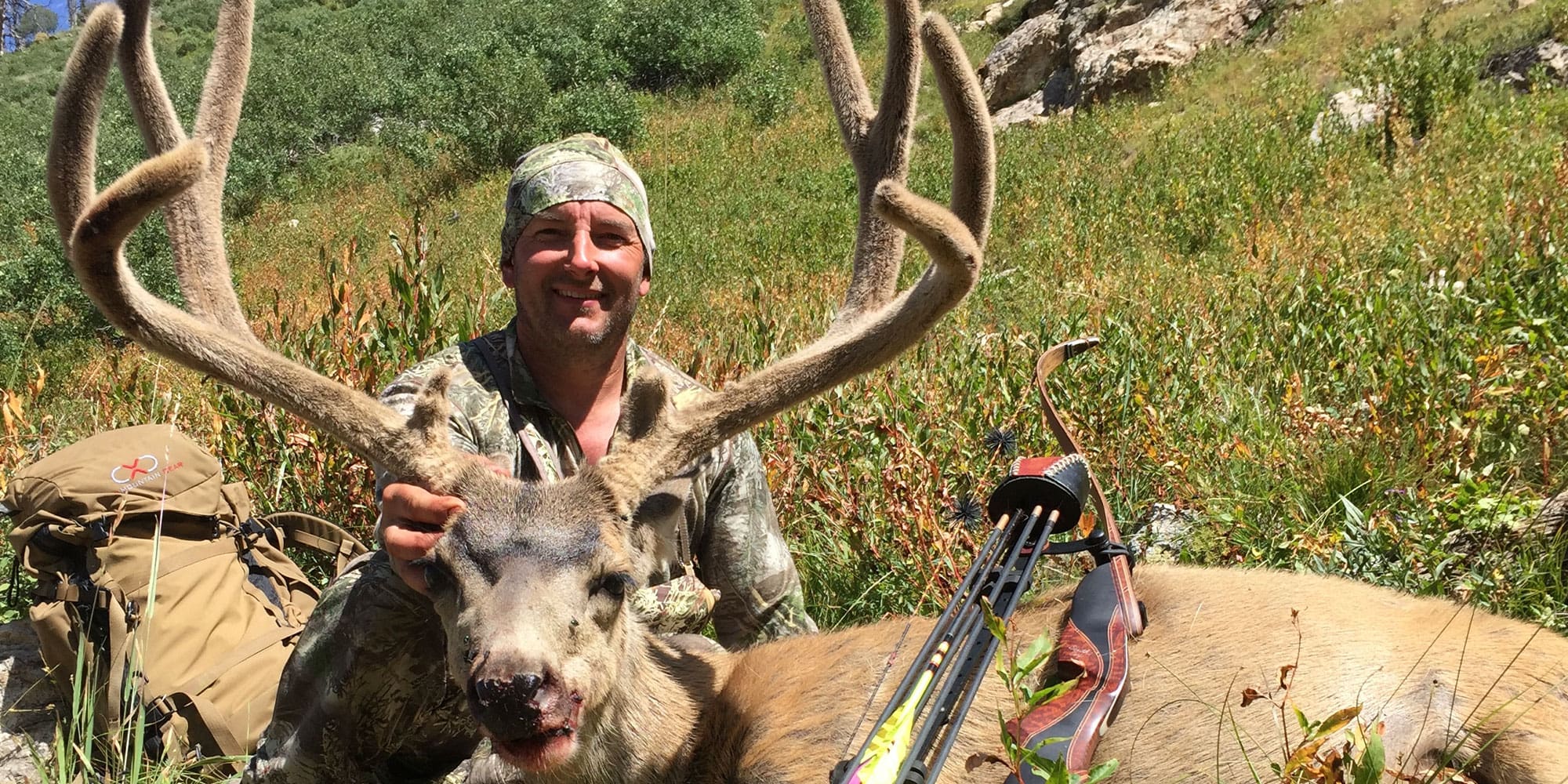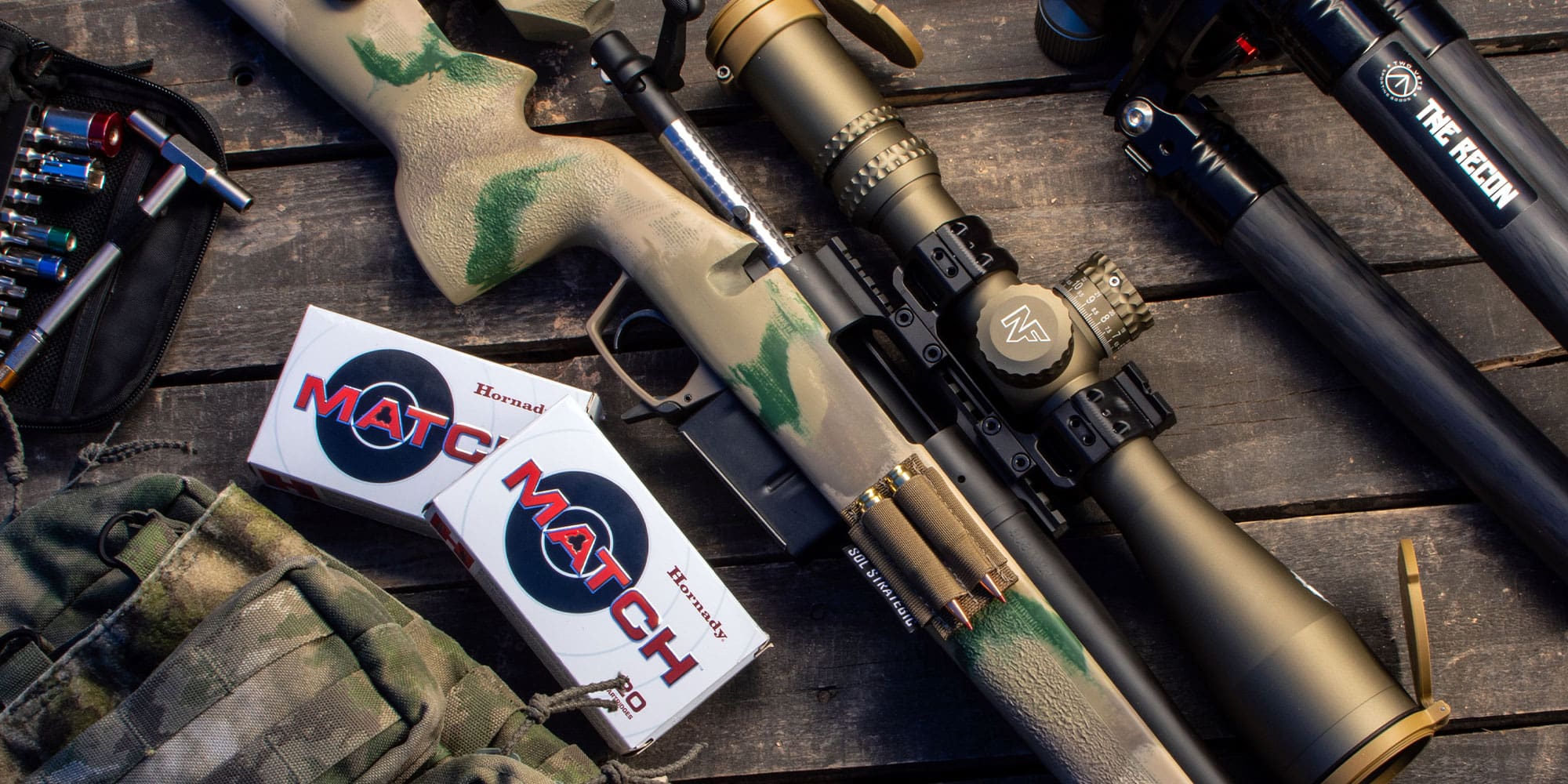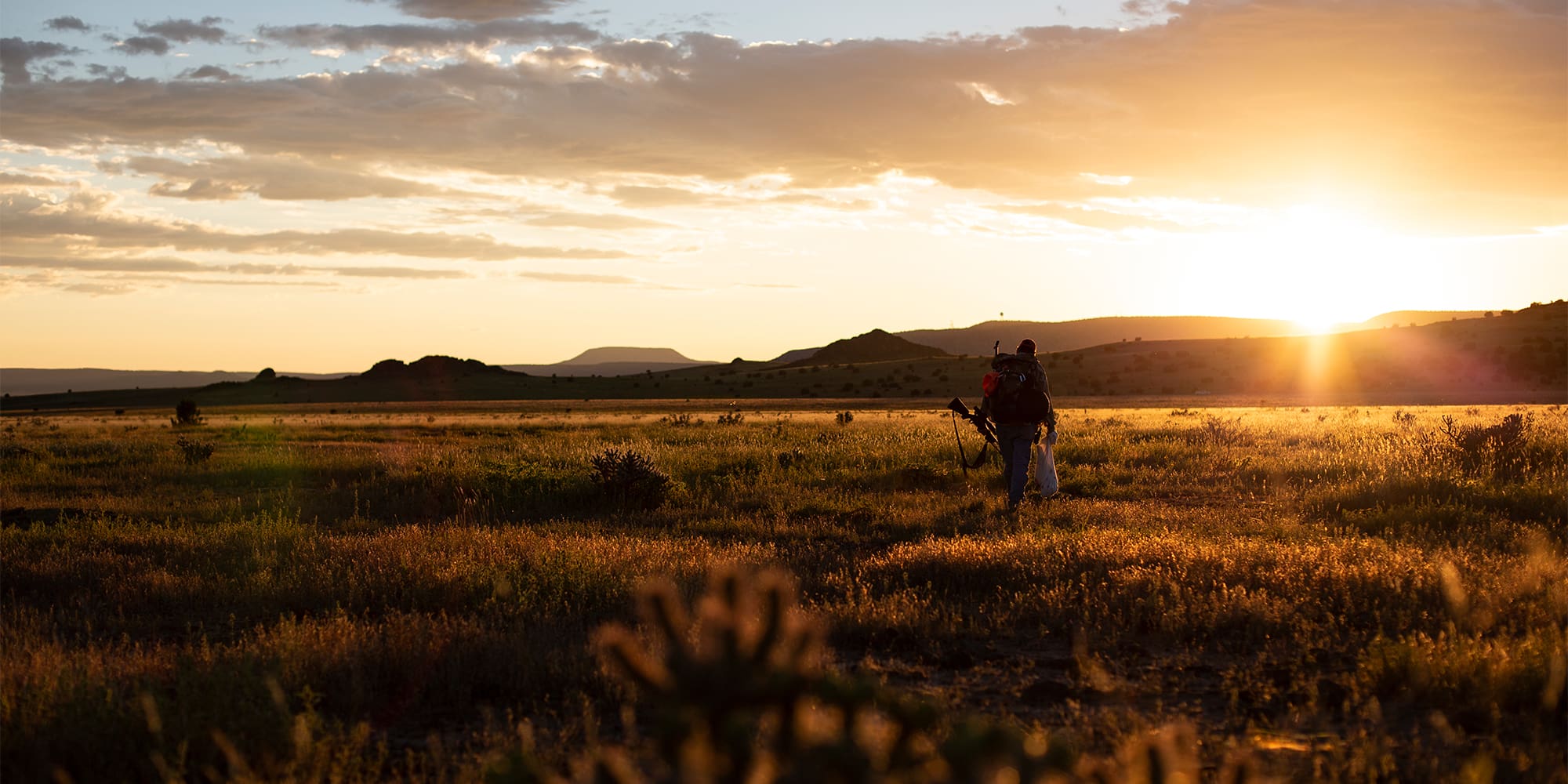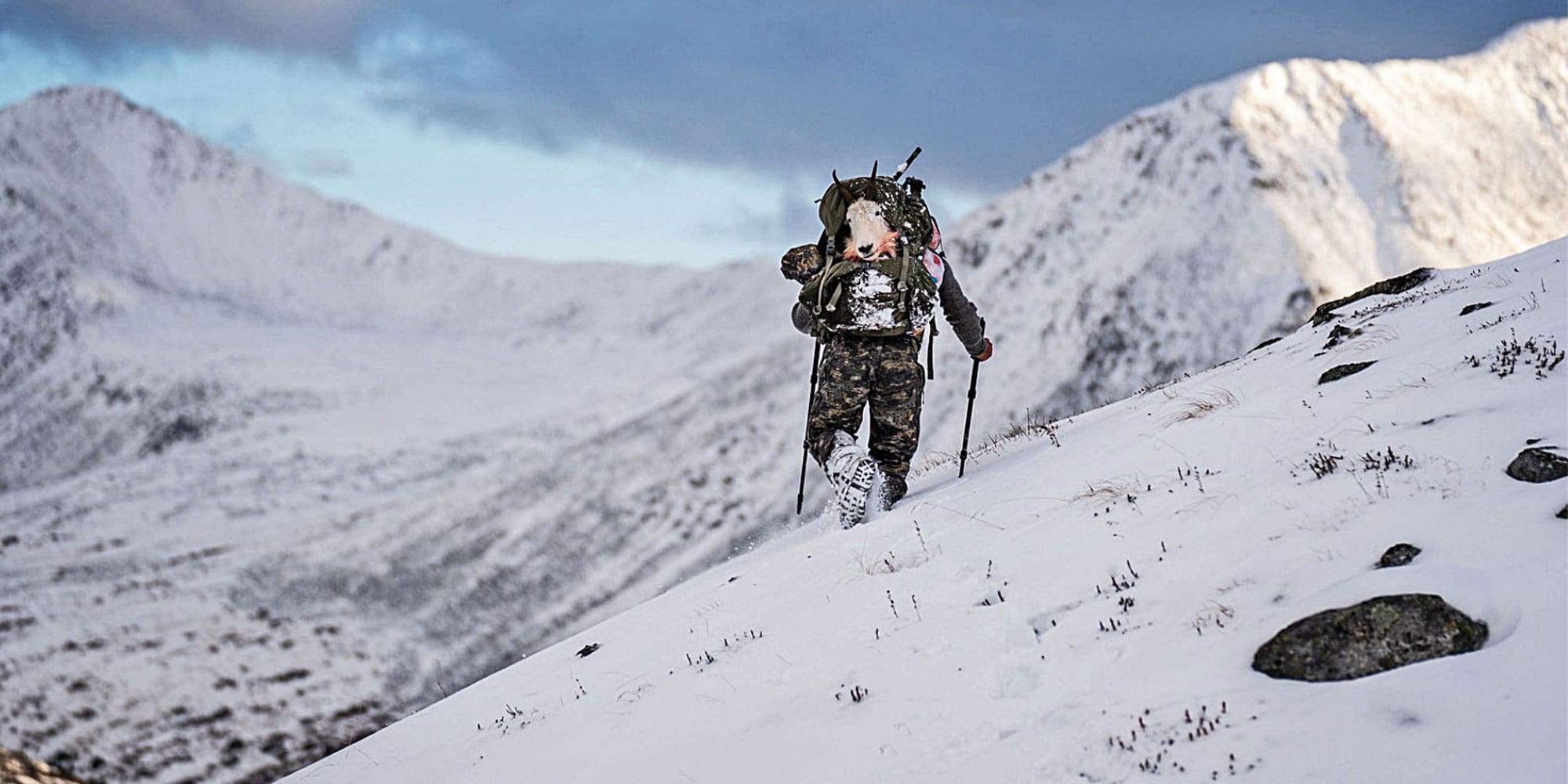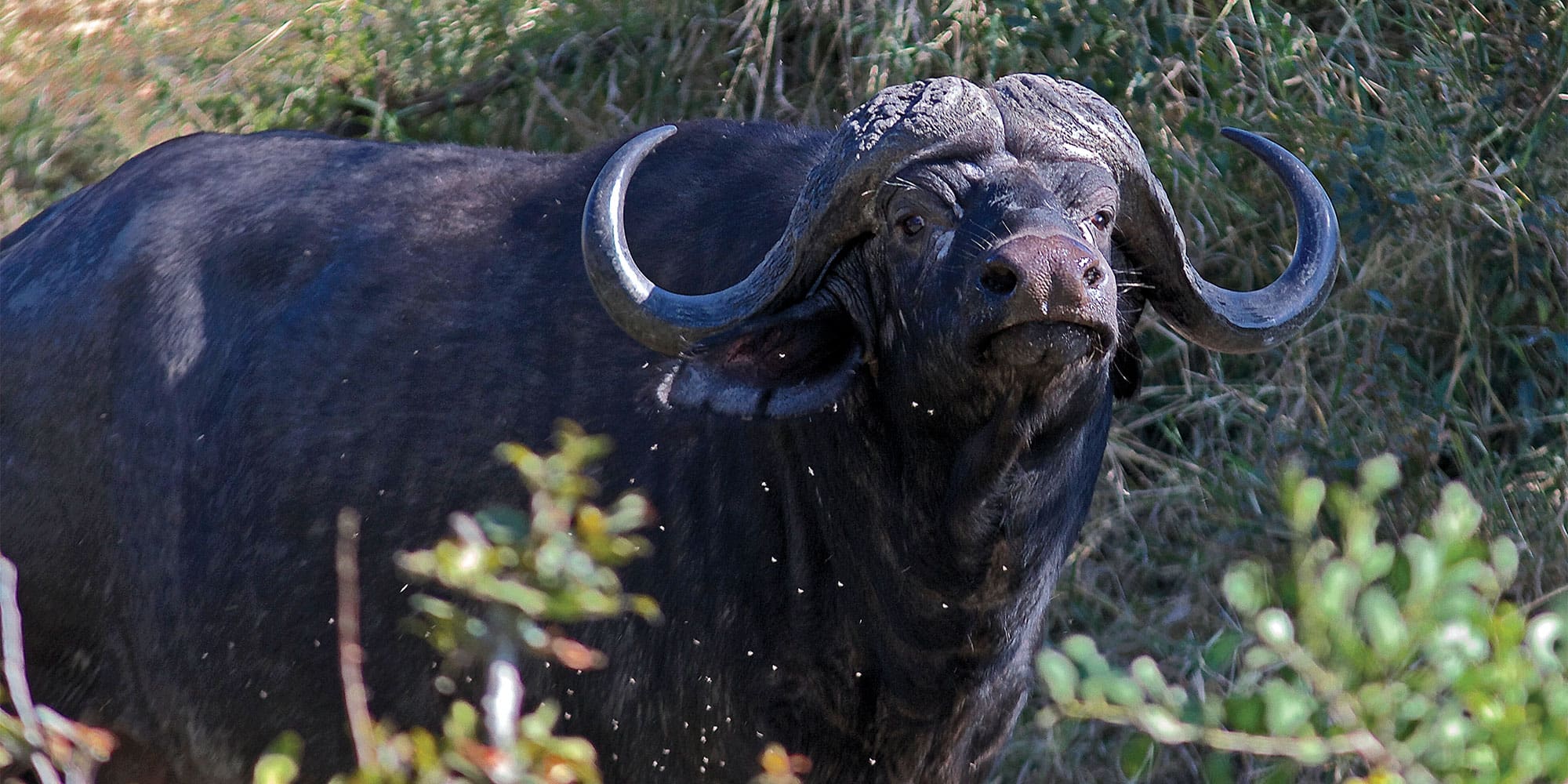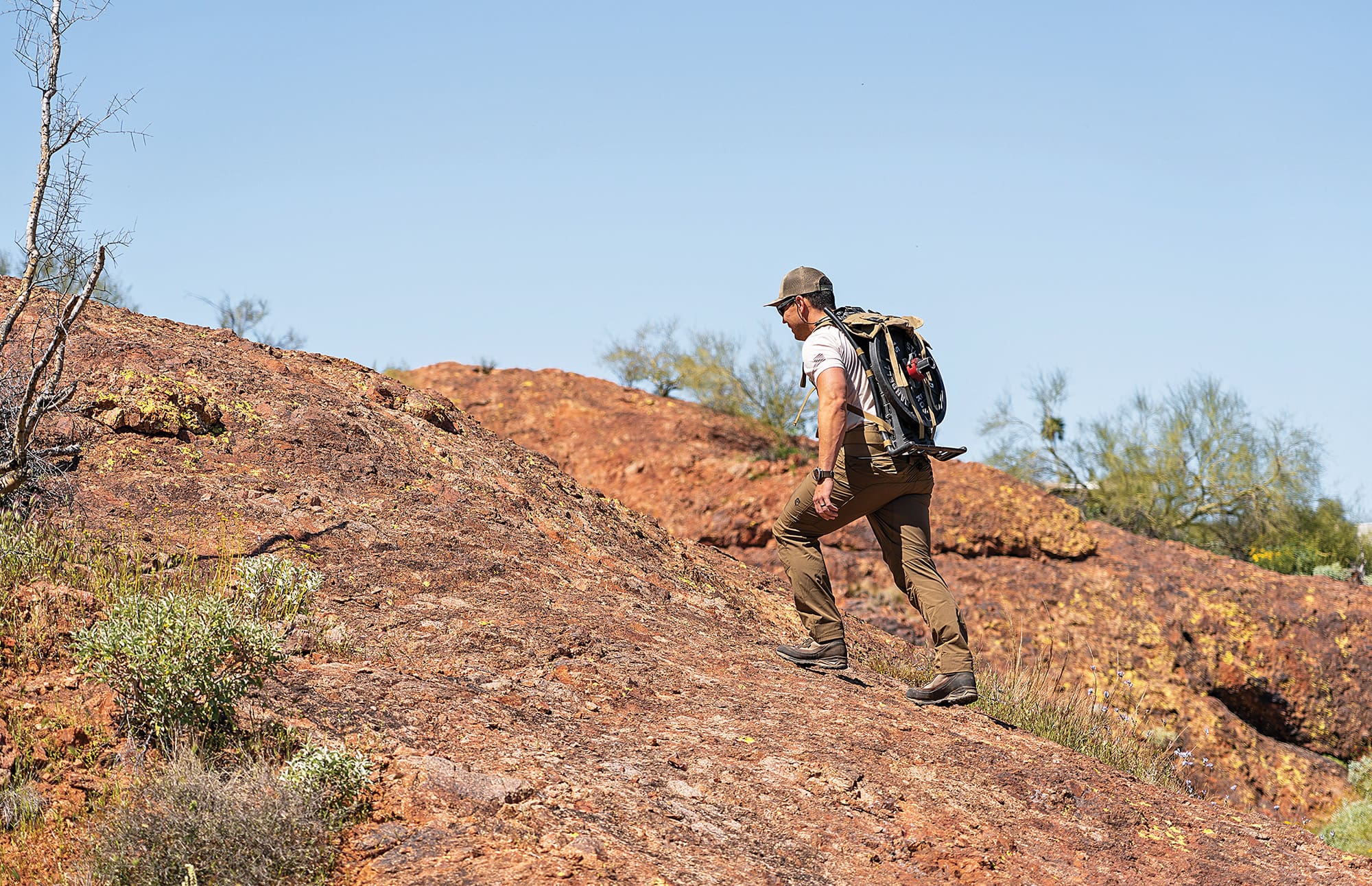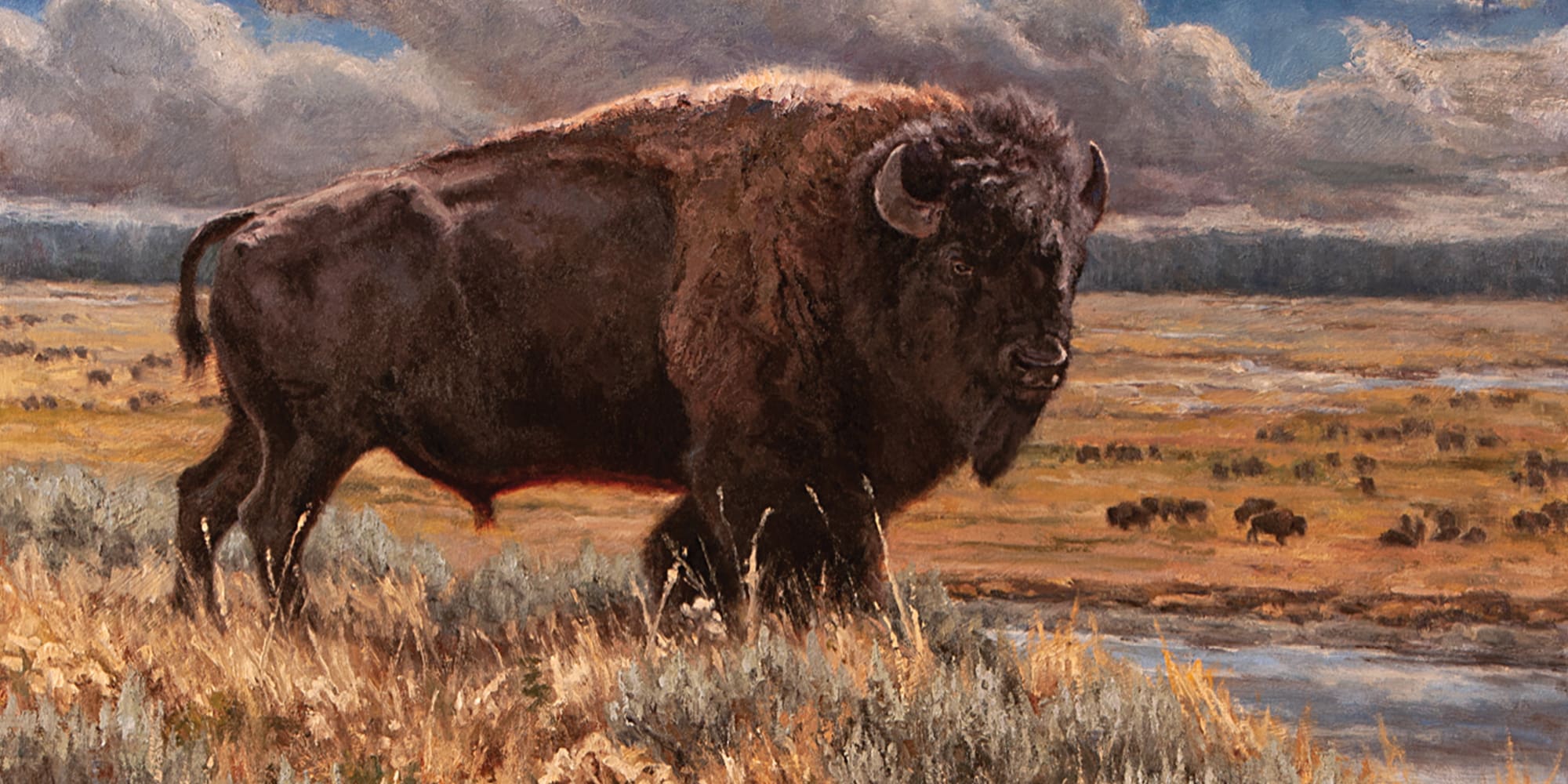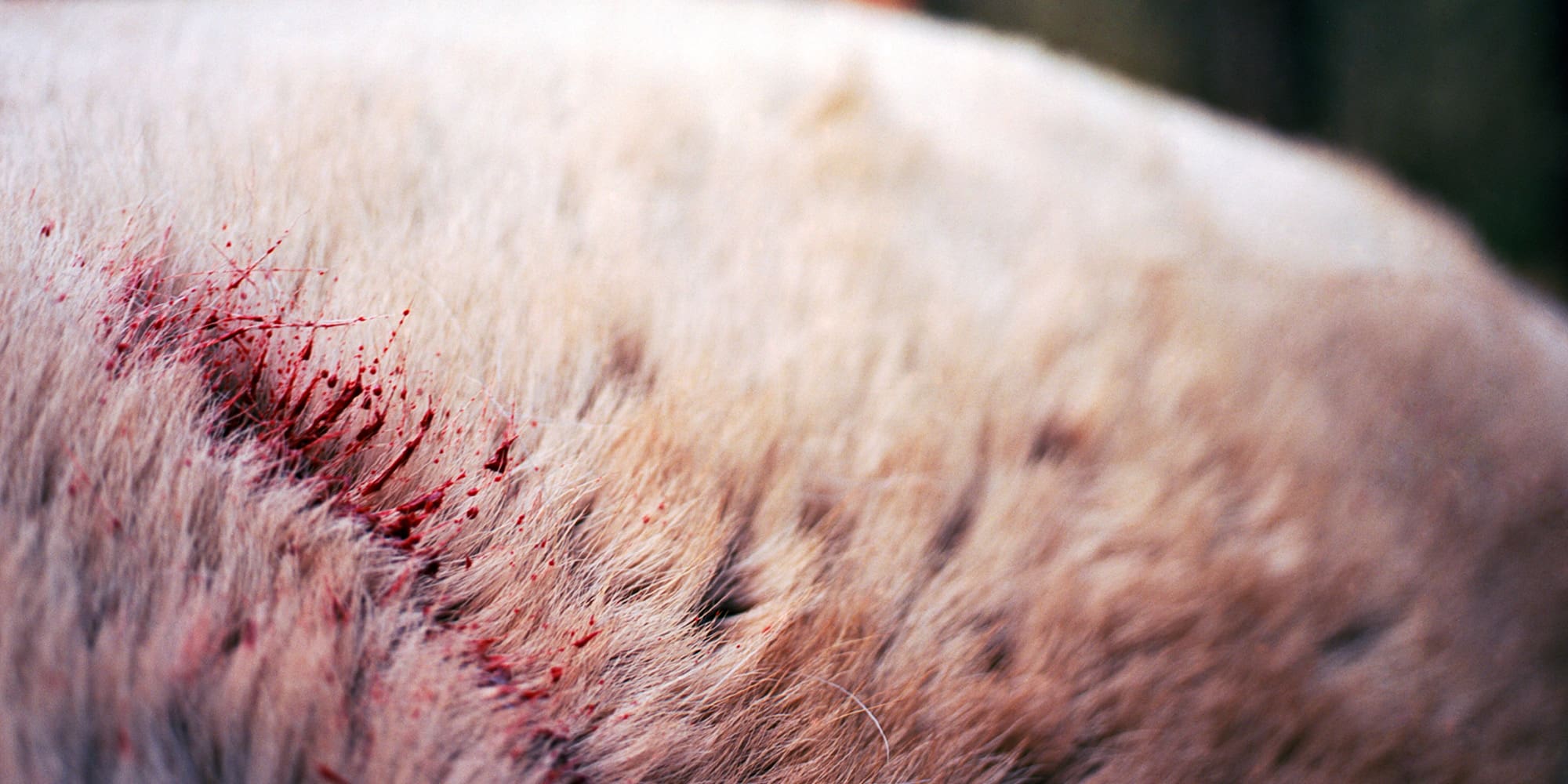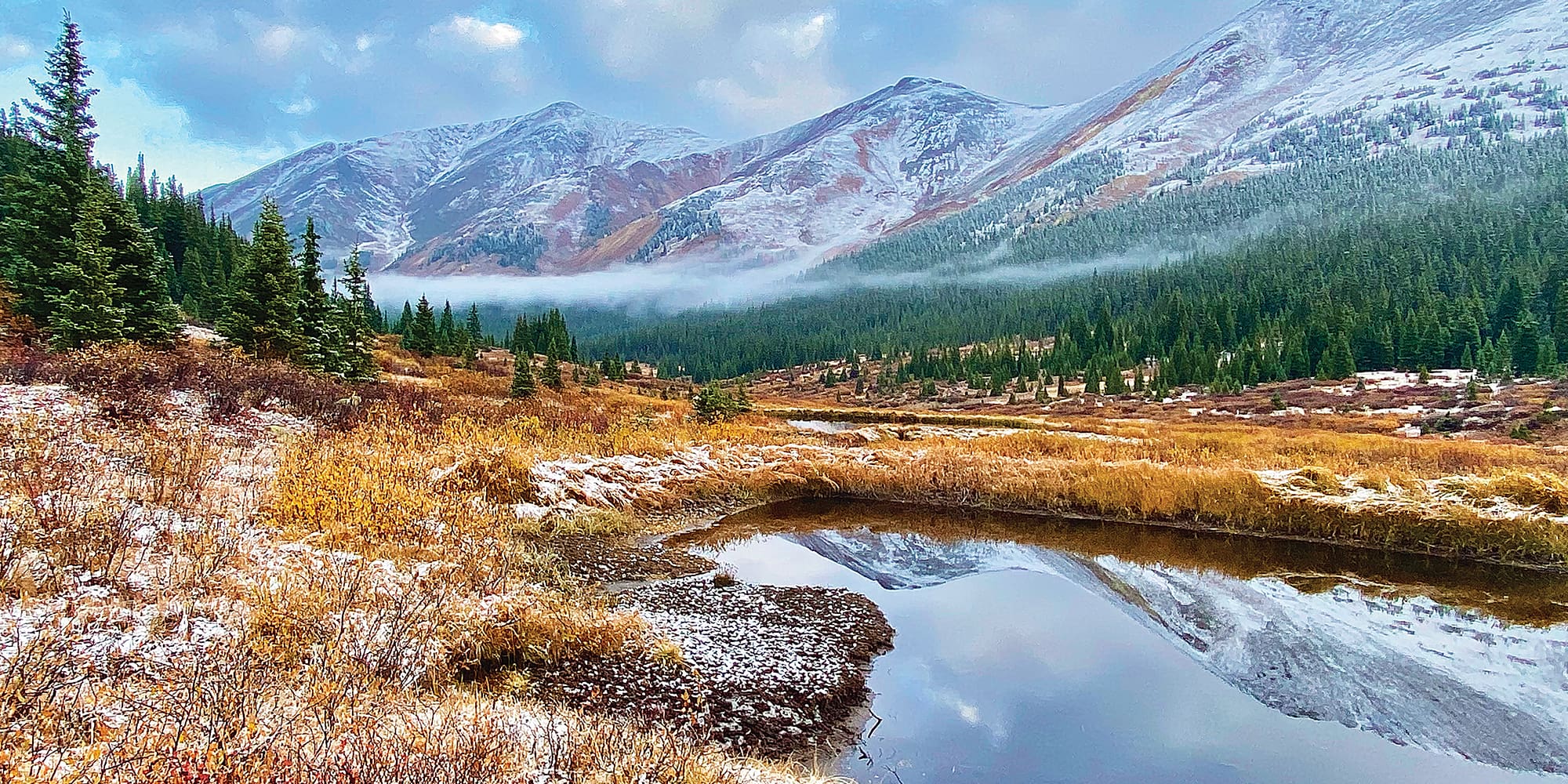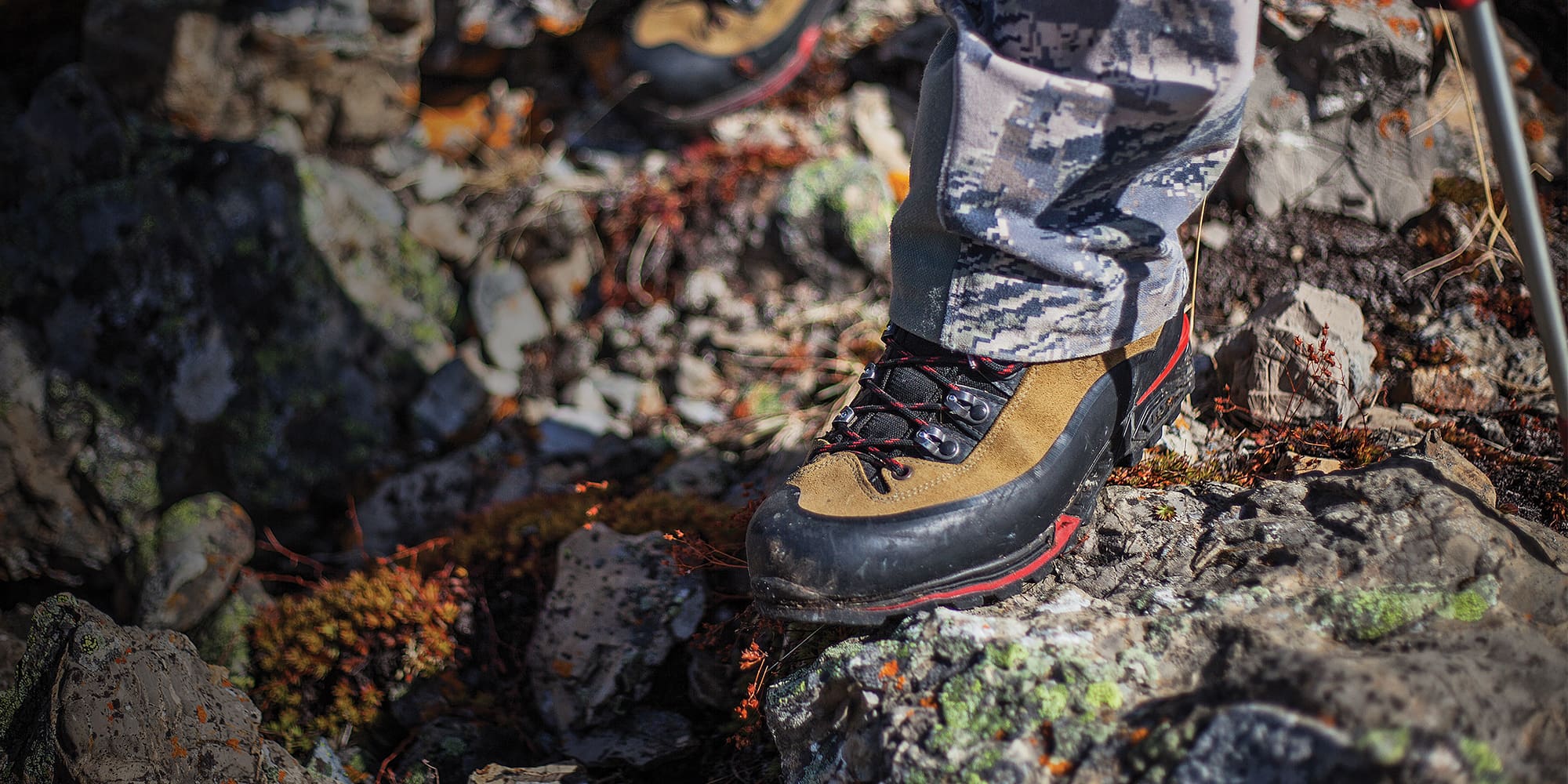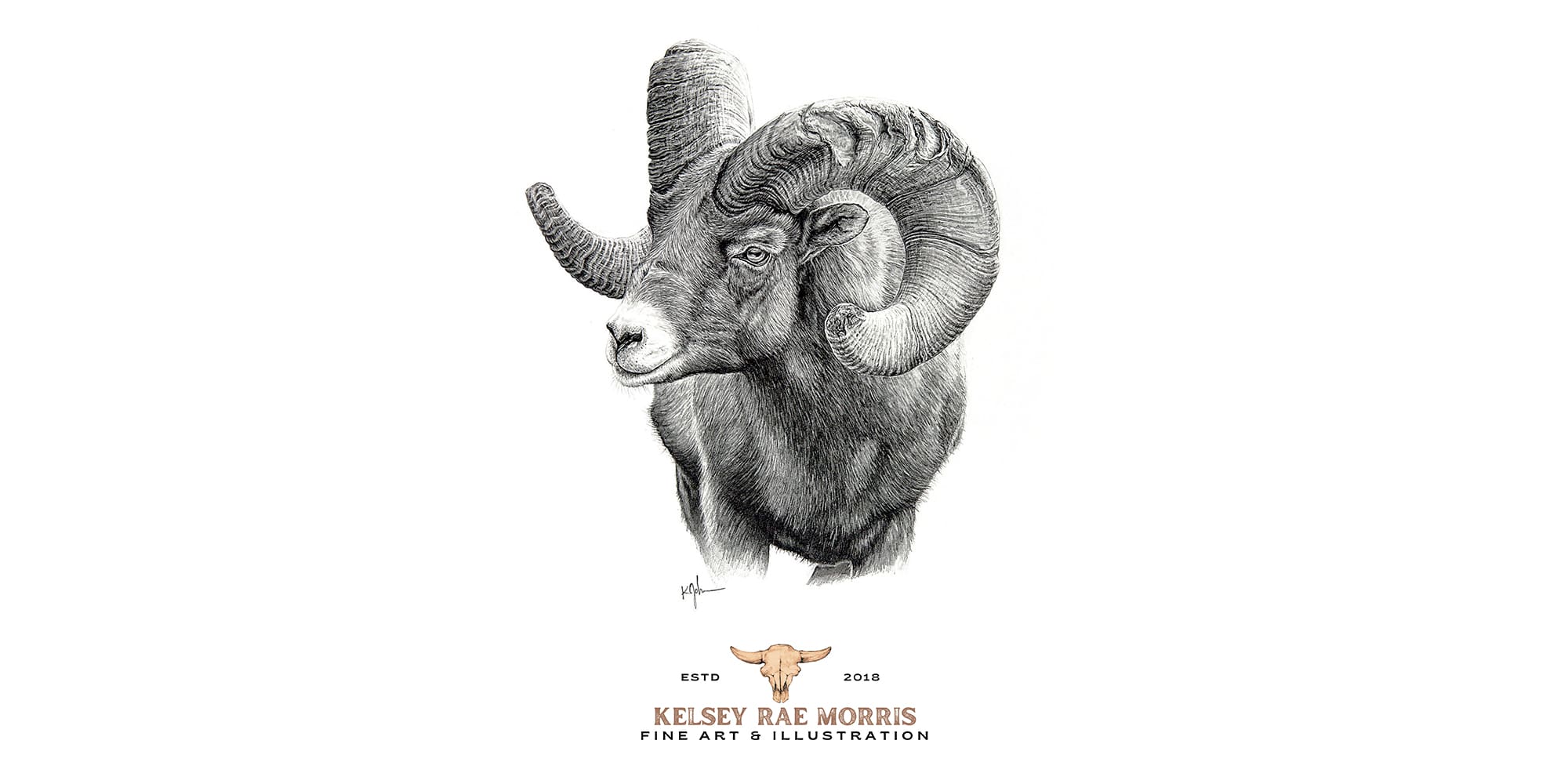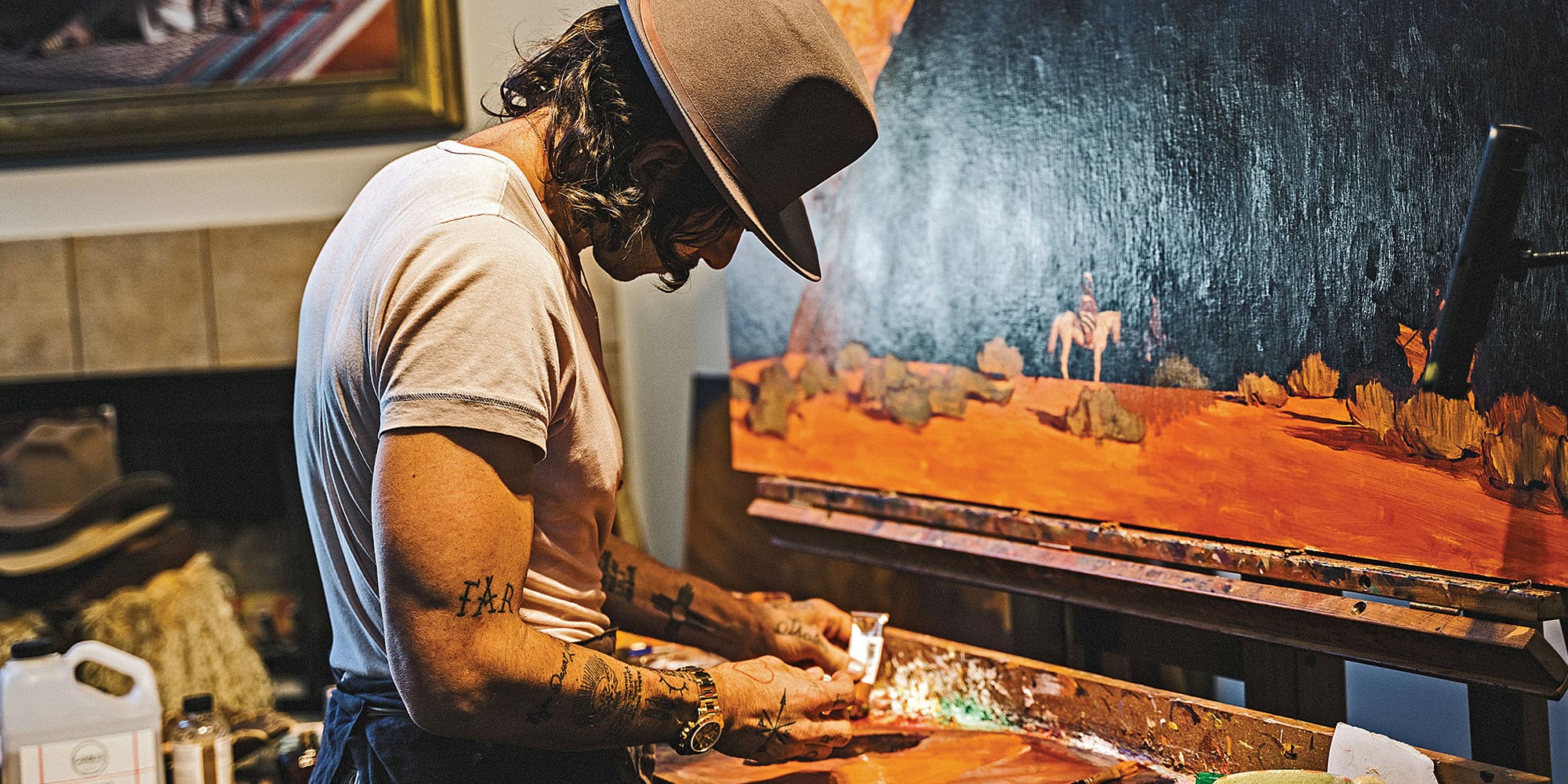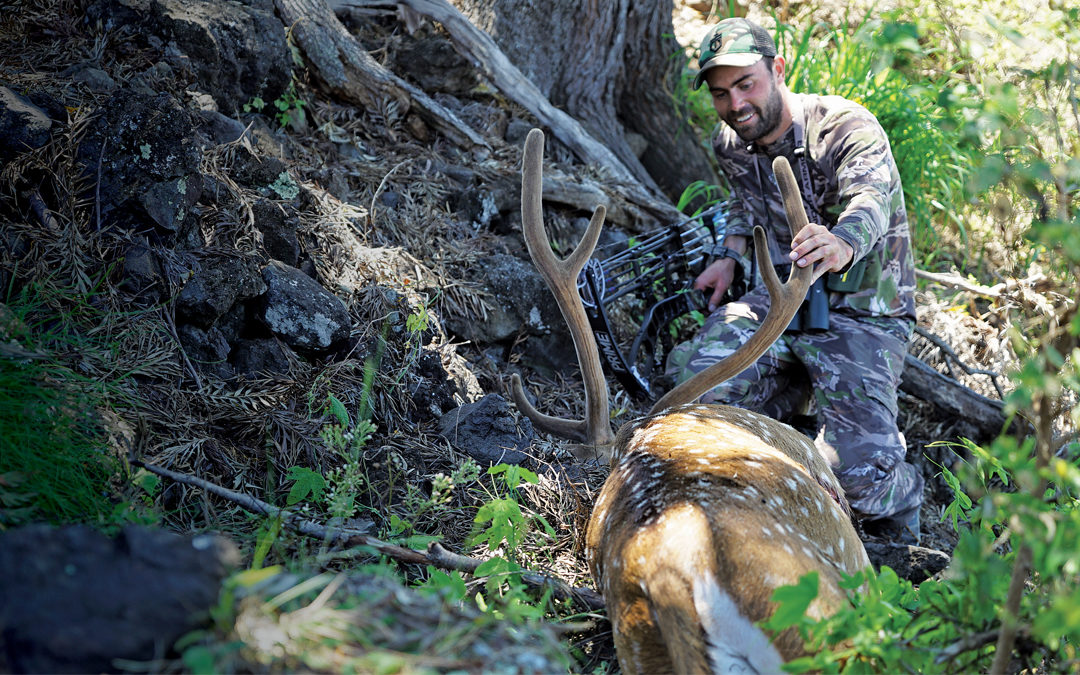
NOTICE: Certain links on this post may earn a commission for Western Hunter Magazine from Amazon or our other affiliate partners when you make a purchase. Thank you for your support.
Top Free Range Species for a DIY Exotic Hunt
As the waves crashed to the beach below, I could not help but think of all the people that came to this island for the beaches and not for the exotic hunts. At this moment, sitting on a beach was as far from my mind as it could be. I had just heard the tell-tale whistle/bark of an axis deer buck and the hunt was on.
While not native to the islands of Hawaii, the deer have proliferated and adapted to the terrain well. While they can be elusive and hard to find, as I crept up to a small gully and glassed into the trees below, I started to pick out ears, heads, and spots, of probably 30 or more deer.
I slowly crawled forward glassing, looking for the antlers of a grown-out buck. As I caught movement in the trees above a bedded buck’s head, I knew he would do. I continued to crawl through the tall grass until I felt as though I could not get any closer.
With so many eyes in the herd, my only saving grace was a really stiff wind blowing my direction. It concealed my noise and added movement to all the trees around me. I slowly rose to my knees and ranged the buck at 33 yards.
With his head behind a tree, I drew back on the bedded deer, picked a literal white spot on his body behind the shoulder, and let my arrow fly. The canyon exploded below me with deer scattering everywhere as the buck ran a short way into the brush before tipping over.
The stalk was everything you would want out of an exotic hunt. A challenge for sure, but not without the reward of an amazing-looking animal and some of the most incredible venison you can find anywhere.
I have always been intrigued by animals from far-off places: the sheep and goats of central Asia, antelope of the African plains, and deer from the deep jungles of India and southern Asia. While these places would be fun to hunt, logistics and cost make it difficult.
There are however, a number of these exotic species roaming wild and free right here in North America. Many of them have been running feral for over 50 years, making them as wild and free as many of the native species that call North America home.
In an effort to extend my hunting season, chase something new and exciting, or just have an amazing exotic hunt, I’ve really gotten into finding and chasing many of these species. While it may seem daunting at first, I am going to break down a few of the places and species that offer a great opportunity for the hunter that is willing to venture out and work for it.

Aoudad rams viewed through a spotting scope.
Aoudad
Aoudad, also known as Barbary Sheep, are native to North Africa. They are home in dry arid climates and are well suited for the vast deserts of the southwest. This exotic hunt is just like many Desert Bighorn hunts but the tags are much easier to obtain. The aoudad males have heavy sweeping horns as well as a shaggy front mane called chaps. The females also have horns and chaps, however they are not as massive as the males.
Where:
Most Aoudad hunting takes place in New Mexico and West Texas. There are a ton of options for hunters on both private and public land. While a Texas exotic hunt usually takes place on large private ranches, there are also some draw areas that allow public hunting.
New Mexico is the epicenter for public land Aoudad. They have a number of draw tags that include a few military bases, as well as a few sub-group units with a limited number of draw tags available. New Mexico also has a large area for unlimited tags that can be purchased over-the-counter. These OTC tags can be tougher to hunt, but you don’t have to worry about the draw.

A group of nomadic Aoudad rams in New Mexico.
Hunt Tactics:
Aoudad hunting is a spot and stalk game. Long range optics are key. While they do live in a desert, they get most of their water from what they eat, so focusing on water sources may be a waste of time in most places.
Concentrate your efforts on good rocky and rough terrain areas of the units, if possible. Find a good vantage to look over a lot of country, and glass hard – they blend in extremely well. Using high-powered binos on a tripod is a great way to get steady and pick the area apart.
Also, consider walking into areas with a lot of broken canyon country. This can be a great way to find sheep that can’t be glassed up. Move and glass, move and glass. Aoudad are very nomadic and will move around a lot, so covering a ton of country is key both physically and by glassing. Hunting areas with good vantage points will pay dividends.
Seasons/Tag and Draw Info:
New Mexico has both draw and unlimited tags available. The application deadline is generally around March 20th each year. There are a few tags offered in Unit 28, McGregor Range, that are for a two-day hunt. These are hard to draw with only 20 tags and, while they have decent success, it is not a very long season.
As of last year, New Mexico split up the season dates in the draw units, (Units 29, 30) and (Units 32, 34, 36, 37) into a 15-day bow season in January, and then rifle dates in October, December, January, and February. Hunters must apply for the dates in which they wish to hunt. The October dates are shorter and can be hot, but there is less hunting pressure. The late dates are also good and there is no real stand-out season.
There is also an OTC tag available which allows you to hunt Units 2, 4-7, 9, 10, 12, 15, 17, 18, 19 (portion outside WSMR and Fort Bliss), and 21, 25, 31, 33, 34 (portion) 38-59. The season is a full year from April 1st through March 31st. This can be a difficult hunt to locate sheep, but also an extremely rewarding exotic hunt. The long season allows you plenty of time to hunt.

Brennon Fisher with a Aoudad ewe he took in the OTC area of New Mexico last season while hunting with the author.
The 2019 New Mexico hunting license price is $65. If drawn, a Barbary sheep permit fee is $373.
Texas is also a great Aoudad area. It has a ton of sheep on private land that you can often hunt for an access fee. If you want to play the draws, there are hunts available. The deadline to apply is often around August 15th. Some popular spots include the Caprock Canyons and Palo Duro Canyon hunts. These are $3 per area to apply and are generally a couple day hunts with a lot of applicants.
Texas non-resident special licenses can be purchased for $132 or a 5-day special license can be purchased for $48. If drawn, a permit fee of $130 is also required.

Tim Burnett of Solo Hunter with a great free-range Aoudad ram. The Aoudad males have heavy sweeping horns as well as a shaggy front mane called chaps.
Axis Deer
Axis Deer, also known as Chital, are native to India. The bucks sport a three-point antler configuration. They are known for their permanent spotted coats that both males and females keep their entire lives. They are fairly vocal and make a few noises similar to a cow elk mew, while the males make a more high-pitched squeal noise in the way an elk would bugle.
Axis deer are kind of on their own clock when it comes to antler growth and breeding. The females can come into heat any time of year. In one group there can be hard horned bucks, shed bucks and velvet bucks at the same time. However, in most areas, the majority tend to be on the same cycle. In Hawaii, the best part of the rut seems to be June with the majority of the bucks hard horned. Early in the year (January, February, March), most deer will be growing out.
Where:
In Hawaii, the Islands of Molokai, Lanai, and Maui all hold axis deer. While a lot of the deer are found on private land, there are public hunting areas set aside on all three islands. Many of the exotic hunt areas have weapon choice restrictions and are only open a couple days a week (weekends and public holidays) so plan accordingly. Due to the axis deer’s ability to rapidly breed, and with no natural predators on Hawaii, the populations have been increasing as much as 30% per year.

The author with a hard earned Axis buck with a bow taken in Hawaii. The key was working into the wind.
Texas also has a large population of axis deer on private land as well as some public draw areas where they can be hunted.
Hunt Tactics:
Axis deer are herd animals that gravitate and excel in thick cover. While spot and stalk is a great way to go, much of the country they live in is better suited for still-hunting and ambush tactics. Hunting in thick cover can be a new experience for a lot of open country western hunters. Think of it like hunting elk in dark timber. The key is to always be working into the wind, move slow and quiet... almost like you're stalking, and seek out sign and trails to figure out where the concentrations of animals may be. Also, listen for groups of deer that may become vocal.
I like to move through an area and use my optics a ton, glassing ahead of myself through the thick cover. I will roll my focus to look past what is right in front of me. I will then take another step and cover everything again. The cadence is, step... look, step... look. Axis deer blend in well, so go slow in areas where you see sign. Also, if you bump deer, slow down and keep still-hunting. Often there are others around.
Axis deer are also very patternable. They have preferred trails and areas they like. They stay localized and will keep to certain areas. If you see deer doing something one day. Get in there early, set up and wait. I have taken just as many deer sitting a good hard trail as I have from slipping through cover still-hunting.
A good combination of still-hunting along travel routes and bedding areas mixed with ambushing and cutting off moving deer is a very effective tactic. With so many eyes and ears in a group, good camo is key. Hunt with a face mask and gloves and make slow smooth movements. Axis are great at picking up close predators, but not so great at further away threats. If you are bow hunting, these deer are notoriously quick at ducking an arrow. Far shots don’t work out well, often adding to the challenge. I like to get 35 yards or less and I mostly aim for the heart. Further shots I may even aim lower to anticipate a string jump (depends on the situation).
Keep an elk call handy as the chirp noise of the does can work to calm deer or even call in a rutting buck. My wife’s first Axis deer was in some really thick stuff, but we heard him call and we called him into our laps using a cow elk call, giving her a perfect shot.
Licenses: Hawaii licenses are $105 for non-residents. They are available online, however a hunter’s safety card must be submitted and verified before purchase.
Texas non-resident special licenses can be purchased for $132 or a 5-day special license can be purchased for $48. There are a few Axis deer public draw hunts available and the deadline to apply is generally around August 15th.
Ibex
Persian Ibex, also known as Bezoar Ibex, are a species of mountain goat from the middle east, inhabiting the mountains of Turkey and Iran. They are known for having the longest horns in relation to their body size. Weighing roughly 150-160 lb, they can have horns that tape out 55-60+ inches in length. They are completely at home in nearly vertical rock faces and inhabit some of the roughest terrain around.

Jesse Greer with a great New Mexico Ibex.
Where:
Unit 25 in the Florida mountain range of New Mexico.
Hunt Tactics:
While you can drive around the small isolated New Mexico range and glass up Ibex from afar, there is a big difference from seeing goats and getting in range. The mountain is steep, cliffy and rugged. It is not for the faint of heart. The archery hunt here has been dubbed by many as one of the toughest bow hunts in North America.
Most successful bowhunters use a combination of glassing from a distance, then trying to get above the ibex and ambush them on popular travel routes or places they have seen them frequent. While that sounds easy in theory, the difficult terrain they live in and skittish nature of these animals makes it extremely difficult even for very seasoned mountain hunters.

Jake Downs beat the odds when he took this great Ibex ram with his bow in New Mexico.
While they are tough to get with any weapon, the consensus from most successful Ibex hunters I have encountered is the same. Get as high as you can, and stay as long as you can. Also, it is a great hunt to have help in the form of spotters watching from below.
Licenses/Application:
A New Mexico Ibex tag runs non-residents $1,623. There is only one area, but there are some different weapon choice hunts. Options include an early and late archery exotic hunt, a muzzleloader exotic hunt, and a once-in-a-lifetime rifle hunt. There are also some female/immature ibex tags. The rifle tag is by far the toughest to draw.
There is also a management exotic hunt that allows hunters to shoot a female/immature Ibex and those that are successful are put into a drawing for an either sex tag the following season.
While there are a good number of tags available for non-residents, most are awarded to outfitter’s clients. The best way to try and get one of these tags is to apply in the outfitter draw. New Mexico has no points for their draws so everyone is on the same playing field but the outfitter draw applicants are 4 or 5 times more likely to obtain a tag. The state takes the full draw fee of applicants upfront and then refunds everything but the $13 application fee and your hunting license of $65 if unsuccessful.
There is also an OTC Ibex tag available. This tag is good for an entire year anywhere off the Florida range. While that sounds appealing, it is not a great idea unless you have a ton of time to devote to it. The non-resident fee for this tag is the full price and the Ibex can be very difficult to locate off-range.

Eddie Stalcup harvested this Oryx on the last evening of his exotic hunt on the White Sands Missile Range.
Oryx
Originally from the arid regions of southern Africa, Primarily Namibia and RSA, the Oryx, also know as the Gemsbok, were released into New Mexico in the late 60’s and 70’s. This established a now healthy and expanding population. Both the males and females look similar and have horns. Female oryx horns are often longer than males, while the male’s horns carry more mass. They are fairly large animals weighing an average of 400-550 lbs.
Where:
The most popular exotic hunt with the highest populations is on the White Sands Missile Range (WSMR) in New Mexico. There are also hunts on the McGregor range, as well as off-range tags in Southern New Mexico.
Hunt Tactics:
I have spent a good amount of time hunting and guiding for these animals on their native range in Africa and the terrain and hunt style is very similar to what you find in New Mexico. While the limited entry tags on the White Sands base are short seasons, the Oryx there are fairly easy to find. The off-range hunts can be a little trickier to locate animals.
The best strategy is to gain some high ground and glass the flats below. If there is no high ground, stand on the roof of your vehicle or even bring a ladder where you can get above the brush line to glass.
As you stalk in you likely won’t have a great view if they are in thicker flat mesquite type country. Keep the wind right and also look for tracks in the sandy soil. They leave pretty good size tracks that can be followed up till you get to a place where you can spot them and make a shot.
Licenses/Application:
All public land Oryx tags in New Mexico are awarded through a draw before March 20th (Private land tags are available OTC). There are both once-in-a-lifetime hunts as well as non-once-in-a-lifetime hunts. The WSMR tags are premier tags and are the hardest to get. They are all three days seasons with multiple hunt dates to choose from. There are also a few broken horn Oryx tags offered. These have better odds and are a great option if you want to just experience an exotic hunt and take home the meat. The broken horn hunts allow you to take any animal with at least one broken horn.
The off-range hunts are offered with month long seasons and you can choose the month you want to hunt when you apply. While these are harder hunts to find animals, you have plenty of time to look around and they allow you to hunt pretty much most public land that is not on a base.
The price of an Oryx tag is $1,623 plus a $65 hunting license.

Travis Warren with a Himalayan Snowcock.
Himalayan Snowcock
The Himalayan Snowcock makes the list as the only bird hunt in America I would classify as an exotic hunt. As the name suggests, these large (4-7 lb) partridge-like birds hail from the Himalayas. They are at home in some of the nastiest terrain around and are perfectly fine living at high altitudes in rugged mountain ranges. Released in Nevada in the 60’s, they provide an interesting OTC type public land wilderness hunt similar in difficulty to any backcountry mountain goat hunt.
Where:
The Ruby Mountains of Nevada.
Hunt Tactics:
Snowcock’s are interesting because they are hunted more like big game than birds. Many successful hunters choose not to bring dogs and hunt the alpine basins to locate the birds with optics. From there, they plan a stalk to get a shot. The spot and stalk aspect of the hunt is key.
The birds tend to water and feed lower in the morning and then they make their way up to the rough peaks to roost in safety during the day. Once located, many hunters try to intersect the birds as they travel from watering or feeding areas back into the unreachable parts of the mountain.
Travis Warren, host of Upchukar Podcast and avid snowcock hunter, likes to refer to them as,“the poor man’s goat hunt” because they inhabit much of the same country. He suggests “treat them like you would any big game animal. It is not a hunt you can do in a day. You need to be packed in and listening and glassing at first light. They are a vocal bird so you want to listen as well as glass.”When it comes to making a play, you want to make a plan and stalk that will work. “If you spook them out, they probably won’t come back to that spot for a couple of days.”
Licenses/Application:
Hunters need to obtain a Nevada hunting license ($155 non-resident fee) and a snowcock hunting free-use permit available online at ndowlicensing.com. The season generally runs from September 1st through November 30th with a limit of two birds.


